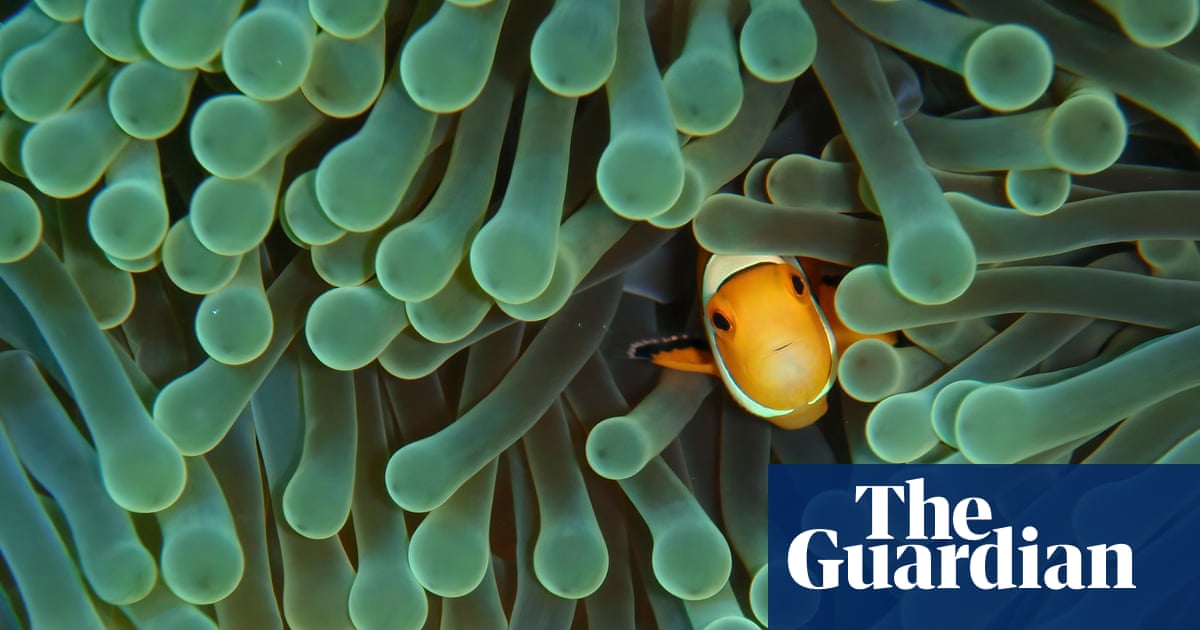
"The global trade in marine aquarium fish relies heavily on fish sourced directly from wild populations, with many consumers unaware of the practice due to murky supply chains. New research has revealed the scale of the issue, finding most marine aquarium fish sold online in the US were wild-caught, mainly from the western Pacific and Indian oceans. Sign up: AU Breaking News email Globally, about 55 million marine animals are sold each year as part of the aquarium fish trade, an industry worth US$2.15bn."
"Analysis of 734 marine fish species sold by major US aquarium e-retailers found approximately 90% were sourced solely from wild populations, 7% were both farmed and wild caught, and only 3% were exclusively sourced through aquaculture. Consumers purchasing aquarium fish were often unaware of where they came from, according to University of Sydney marine ecologist Dr Bing Lin, who led the research published in Conservation Biology."
"International trade in endangered species is regulated under the Cites convention, an agreement designed to ensure that trade in wild animals and plants does not harm their survival. But many threatened species slip through global trade rules or aren't even listed as traded in authoritative databases, and still end up on the market, Lin said. For species already imperilled in the wild, unsustainable or unnecessary trade could make things worse, he said."
Globally about 55 million marine animals are sold each year through the aquarium fish trade, an industry worth US$2.15bn, with the US comprising two-thirds of demand and Australia among the top 20 importers and exporters. Analysis of 734 marine fish species sold by major US aquarium e-retailers found approximately 90% were sourced solely from wild populations, 7% were both farmed and wild-caught, and only 3% were exclusively aquacultured. Many consumers are unaware of origins due to opaque supply chains from reef to retail. Fish advertised included 45 species listed by the IUCN as threatened or in decline. Gaps in CITES and trade databases allow threatened species to enter markets, risking further decline of imperilled populations.
Read at www.theguardian.com
Unable to calculate read time
Collection
[
|
...
]